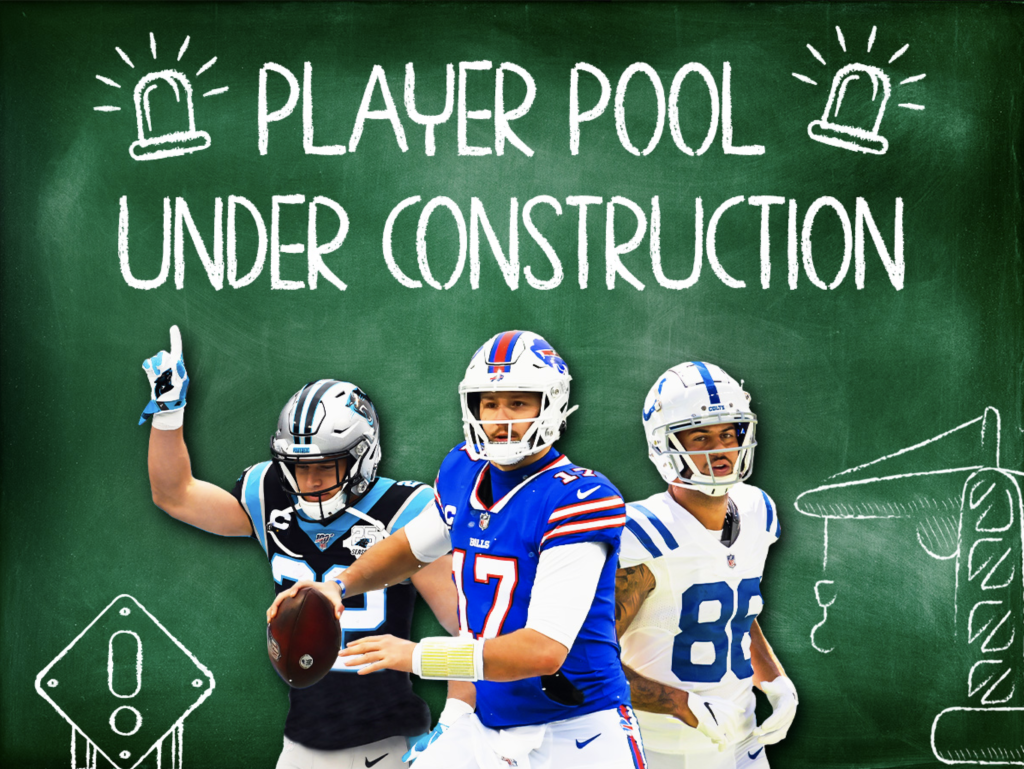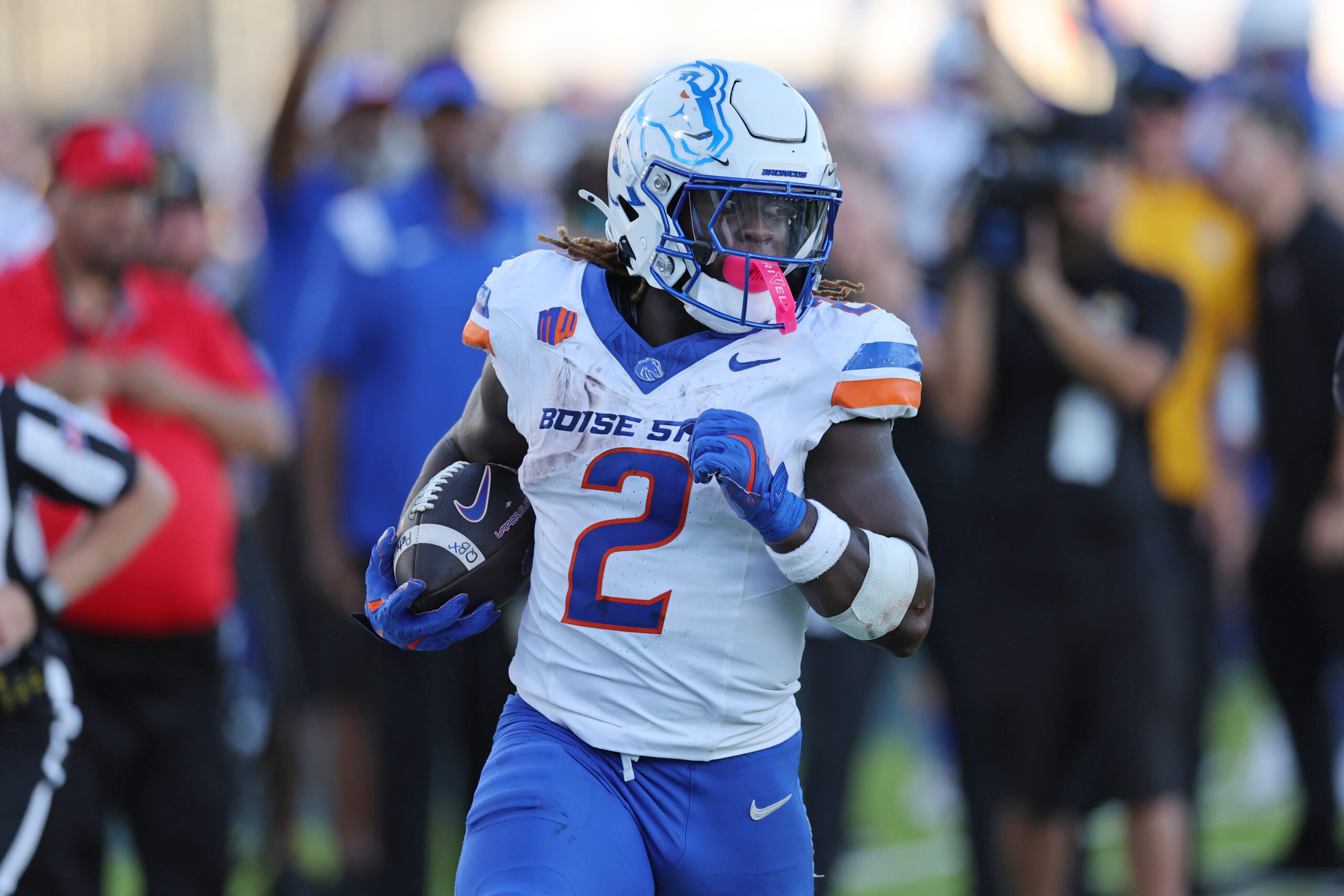Fantasy
8/10/22
3 min read
Player Pool Construction

Before diving in, my weekly article in-season will always cover my preferred player pool. I will also be available on Discord to discuss my thought process.
Player Pools have helped me narrow down who I am limiting myself to build lineups. When building lineups, it's overwhelming to scroll through all the players to see your guy. Player Pools are a condensed version of what you will see on your applications, and I build them on an Excel sheet. This allows me to search for players when building my lineup and removes the human element of second-guessing myself.
How I Build My Player Pool
The player pool size depends on the slate you are looking at and the number of games that are a part of it. For example, in Week 1, we have 13 games on the main slate. Without factoring backups or formations, we have 26 viable quarterbacks, running backs, tight ends, and defenses, with 52 viable wide receivers. Without looking at backups and wide receiver threes, that's 156 options for that size of a slate. The slate sizes change throughout the year, so the player pool fluctuates.
When approaching a slate of this size, I attempt to cut my player pool to around five quarterbacks, 12 running backs, 18 wide receivers, five tight ends, and three defenses. The player pool helps guide me when I am trying to finish the last spots in my lineup. I attempt to go under these numbers for smaller slates and sometimes fall in love with a specific player. If you are a 150-max lineup type of player, I recommend keeping the player pool expanded; but when utilizing single-entry and three-entry-max contests, the smaller, the better.
Trimming the Player Pool
Numerous factors go into my selection process. First, the foundation stands on Vegas lines because these will help me predict the game script. Next, I move on to projected rostership. I will look to have at least one to two low-rostered players at each position. Next, I look for statistics that back up the case from a defensive gameplan perspective. For example, a stat that led me to Aaron Rodgers towards the end of last year was the projected amount of Cover 1 he would see at the end of 2021. In 2020, Rodgers threw 31 touchdowns against Cover 1. From weeks 11-17 last season,31% of his attempts came against Cover 1. Rodgers also averaged three touchdowns a week during this stretch.
Trimming your player pool is a great exercise in better understanding who is playing that week and in learning which position groups are top-heavy or balanced for a given week. There have been plenty of weeks where Travis Kelve has been $3,000 more than the next closest TE, and playing him can be very difficult. He would have to produce a significant output compared to the other TEs to justify playing him at that price. Think of the player pool as an integral part of your weekly DFS strategy since a properly cut-down player pool will naturally lead you to craft better lineups. As the season begins, collectively, we will identify the optimal plays and give you the best chance to win money.







